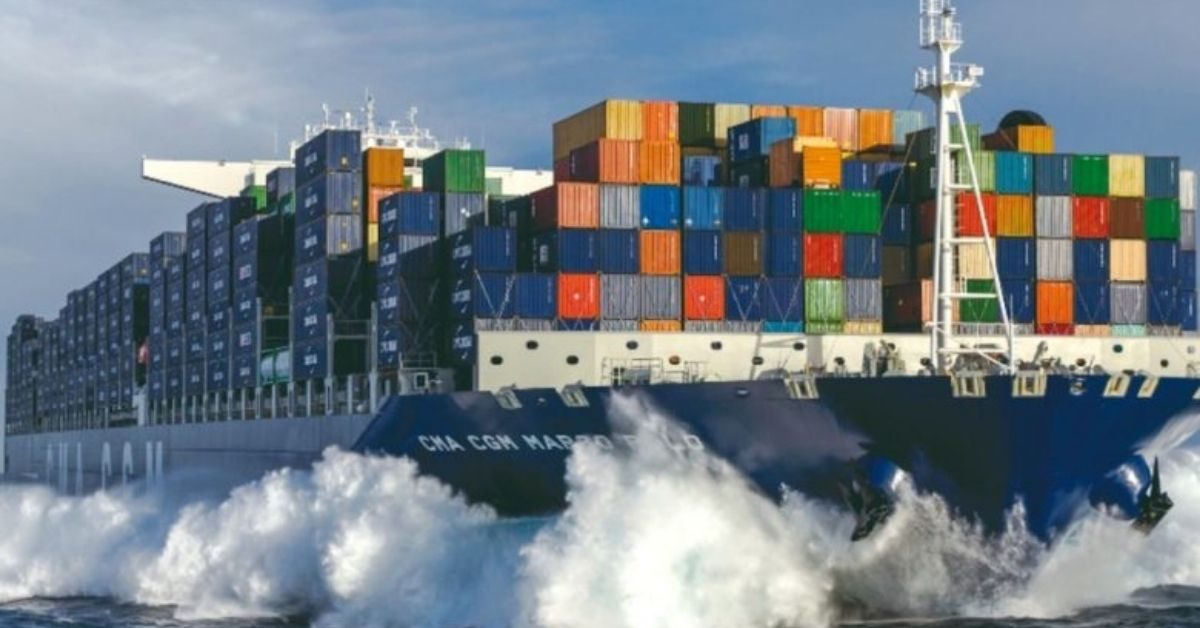With peak season now fully underway, container freight rates continue to smash past previous historical records. A combination of healthy demand volumes, extensive port congestion and shippers facing order backlogs and the risk of empty shelves during the holiday season has driven spot freight rate assessments on key trades far beyond anything witnessed before 2021.
The question that arises is how long can this last? In terms of our near-term forecast outlook, this of course remains highly uncertain, and also subject to a range of factors that fall beyond the scope of ‘traditional’ supply-demand balances.
In particular, disruptions to operations in individual ports are not possible to forecast in advance, and in a wider sense the frequency with which these disruptions take place will also depend on whether the Chinese government shifts away from a zero-tolerance approach to COVID-19 outbreaks.
At first freight rates are likely to move more sideways than dramatically downward, since the task of reducing the level of congestion and backlogs across the system will take time (indeed port executives at some of the worst-affected terminals expect this task could extend far into 2022) and the prevailing level of container demand will remain healthy.
So a substantial downward movement in rates much before Q3 22 seems unlikely. However, as a number of liner company executives have cautioned, it is quite possible that when the market does eventually see a correction, it will be fast and sharp. This aligns with our gut feelings as forecasters, but the question of timing remains frustratingly uncertain.
So this leaves, once again, the question of where freight rates will ‘land’ when they do indeed begin to fall. The case for why rates would not fall back to the prevailing average levels between 2016-19 rests on several factors. First, consolidation within the industry will not be reversed, and through the use of blanked sailings liner companies will be able to set a floor beneath rates, even if they do fall considerably from current ultra-high levels.
Second, since containerised freight for large numbers of exporters was so cheap in the pre-pandemic (or even pre-Q4 20) universe, liner companies’ customers will be able to absorb a comparably higher level of freight expenditure moving ahead without major pressure on margins or cost competitiveness.
Third, and taking a somewhat different line of thinking, lower-carbon fuels are likely to be more expensive than currently available options, and on top of this a wider application of either carbon taxation or carbon border adjustment mechanisms could also lead liner companies to pass on additional costs to shippers.
So there is a very strong case in our view that the industry will not revert back to average pre-pandemic $/TEU unit revenues before the end of 2022, and a defensible case that those levels will not be seen again over our forecast horizon.
With all that said, there will be countervailing forces to consider, and certainly beyond the 12-month forecast period.
Overall we do think that while average rates will remain elevated over at least the first half of 2022, from 2023 onwards we are not forecasting average freight market levels substantially above pre-pandemic levels, even if they do not sink quite that low, for three principle reasons.
First, while barriers to entry within container shipping will likely remain relatively high (at least for new players looking to achieve enough scale to acquire meaningful influence over marginal industry pricing), there will always be incentives facing individual liners to attract marginal cargoes, and where pricing is concerned the industry does in theory remain competitive.
The second reason why freight rates may well eventually trend back close to pre-pandemic levels is that, leaving to one side questions around the theoretical price of low-carbon fuels later in the decade, liner company cost bases have not radically shifted relative to pre-pandemic trends, and in a competitive and commoditized industry marginal costs will in theory retain an important influence on industry pricing.
Finally, and really this is the key to how freight rates will develop once pandemic-specific factors are removed, looking beyond 2022 there is a lot of capacity hitting the water. From the industry’s present vantage point it can feel difficult to imagine how the current market conditions could ever end, and there seems to be a general sense of confidence that the volume of deliveries will be relatively easy to absorb.
But at a fundamental level, if you deliver over 2.0 Mn TEU, or approaching 10% of the fleet, per year, for several years running, this will have consequences. This will not be an issue before 2023, and in reality most likely later in that year unless the demand environment worsens beyond current expectations. Increased slow steaming could also offset capacity increases to some degree. But with container trade growth unlikely to exceed 4% per annum in a ‘normal’ year, several years of fleet growth closer to – or in excess – of 6% per annum will provide the real test of whether the industry has truly left the pre-pandemic world behind for good.
Source : Splash247







